Filter by
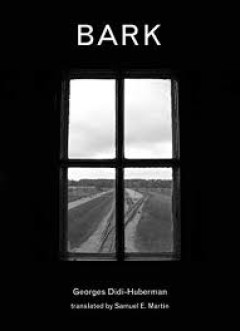
Bark
A noted French thinker's poignant reflections, in words and photographs, on his visit to Auschwitz-Birkenau. On a visit to Auschwitz-Birkenau, Georges Didi-Huberman tears three pieces of bark from birch trees on the edge of the site. Looking at these pieces after his return home, he sees them as letters, a flood, a path, time, memory, flesh. The bark serves as a springboard to Didi-Huberman's m…
- Edition
- -
- ISBN/ISSN
- 9780262342629
- Collation
- 1 online resource (136 pages)
- Series Title
- -
- Call Number
- -
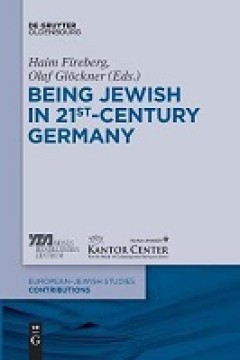
Being Jewish in 21st-Century Germany
An unexpected immigration wave of Jews from the former Soviet Union mostly in the 1990s has stabilized and enlarged Jewish life in Germany. Jewish kindergartens and schools were opened, and Jewish museums, theaters, and festivals are attracting a wide audience. No doubt: Jews will continue to live in Germany. At the same time, Jewish life has undergone an impressing transformation in the second…
- Edition
- -
- ISBN/ISSN
- 9783110395747
- Collation
- -
- Series Title
- -
- Call Number
- -
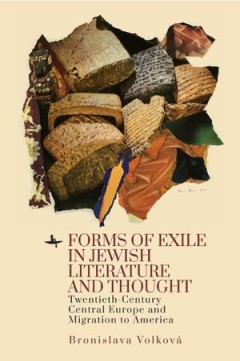
Forms of Exile in Jewish Literature and Thought : Twentieth-Century Central E…
Forms of Exile in Jewish Literature and Thought deals with the concept of exile on many levels—from the literal to the metaphorical. It combines analyses of predominantly Jewish authors of Central Europe of the twentieth century who are not usually connected, including Kafka, Kraus, Levi, Lustig, Wiesel, and Frankl. It follows the typical routes that exiled writers took, from East to West and…
- Edition
- -
- ISBN/ISSN
- 9781644694053
- Collation
- 120 halaman
- Series Title
- -
- Call Number
- 800 BRO f
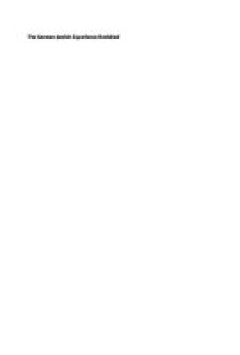
The German-Jewish Experience Revisited
This volume includes both historical treatments of differing German-Jewish understandings of their experience – their relations to their Judaism, general culture and to other Jews – and contemporary reflections and competing interpretations as to how to understand the overall experience of German Jewry.
- Edition
- -
- ISBN/ISSN
- 9783110393323
- Collation
- -
- Series Title
- -
- Call Number
- -
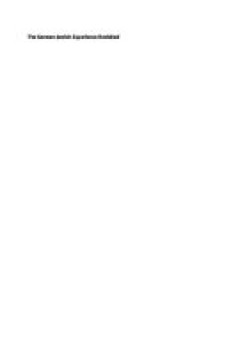
The German-Jewish Experience Revisited
This volume includes both historical treatments of differing German-Jewish understandings of their experience – their relations to their Judaism, general culture and to other Jews – and contemporary reflections and competing interpretations as to how to understand the overall experience of German Jewry.
- Edition
- -
- ISBN/ISSN
- 9783110393323
- Collation
- -
- Series Title
- -
- Call Number
- -
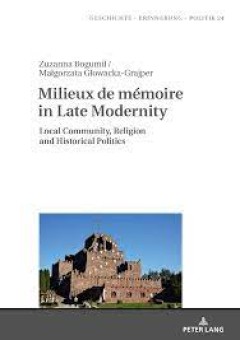
Milieux de mémoire in Late Modernity Local Communities, Religion and Histor…
This book shows how vernacular communities commemorate their traumatic experiences of the Second World War. Despite having access to many diverse memory frameworks typical of late modernity, these communities primarily function within religious memory frameworks. The book also traces how they reacted when their local histories were incorporated into the remembrance practices of the state. The a…
- Edition
- -
- ISBN/ISSN
- 9783653065091
- Collation
- -
- Series Title
- -
- Call Number
- -
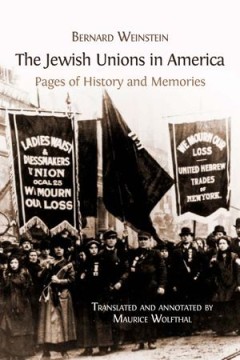
The Jewish Unions in America : Pages of History and Memories
"Newly arrived in New York in 1882 from Tsarist Russia, the sixteen-year-old Bernard Weinstein discovered an America in which unionism, socialism, and anarchism were very much in the air. He found a home in the tenements of New York and for the next fifty years he devoted his life to the struggles of fellow Jewish workers. The Jewish Unions in America blends memoir and history to chronicle this…
- Edition
- -
- ISBN/ISSN
- 9781783743551
- Collation
- -
- Series Title
- -
- Call Number
- 305 WEI j

Confronting Antisemitism in Modern Media, the Legal and Political Worlds
The five volumes provide a compendium of the history of and discourse about antisemitism - both as a unique cultural and religious category. Antisemitic stereotypes function as religious symbols that express and transmit a belief system of Jew-hatred, which are stored in the cultural and religious memories of the Western and Muslim worlds. This volume explores the phenomenon in Modern Media and…
- Edition
- -
- ISBN/ISSN
- 9783110671964
- Collation
- -
- Series Title
- -
- Call Number
- -

#UsToo How Jewish, Muslim, and Christian Women Changed Our Communities
#UsToo: How Jewish, Muslim, and Christian Women Changed Our Communities examines the relationship between sexual harassment, gender, and multiple religions, highlighting the voices of women of different faiths who found their voices and used them for the betterment of their communities. Through personal interviews and other research, this book explores the actions of American Jewish, Muslim, an…
- Edition
- -
- ISBN/ISSN
- 9781000918052
- Collation
- -
- Series Title
- -
- Call Number
- -
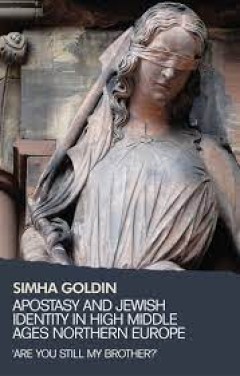
Apostasy and Jewish identity in High Middle Ages Northern Europe 'Are you st…
The attitude of Jews living in the medieval Christian world to Jews who converted to Christianity or to Christians seeking to join the Jewish faith reflects the central traits that make up Jewish self-identification. The Jews saw themselves as a unique group chosen by God, who expected them to play a specific and unique role in the world. This study researches fully for the first time the vario…
- Edition
- -
- ISBN/ISSN
- 9781526129345
- Collation
- -
- Series Title
- -
- Call Number
- -
 Computer Science, Information & General Works
Computer Science, Information & General Works  Philosophy & Psychology
Philosophy & Psychology  Religion
Religion  Social Sciences
Social Sciences  Language
Language  Pure Science
Pure Science  Applied Sciences
Applied Sciences  Art & Recreation
Art & Recreation  Literature
Literature  History & Geography
History & Geography